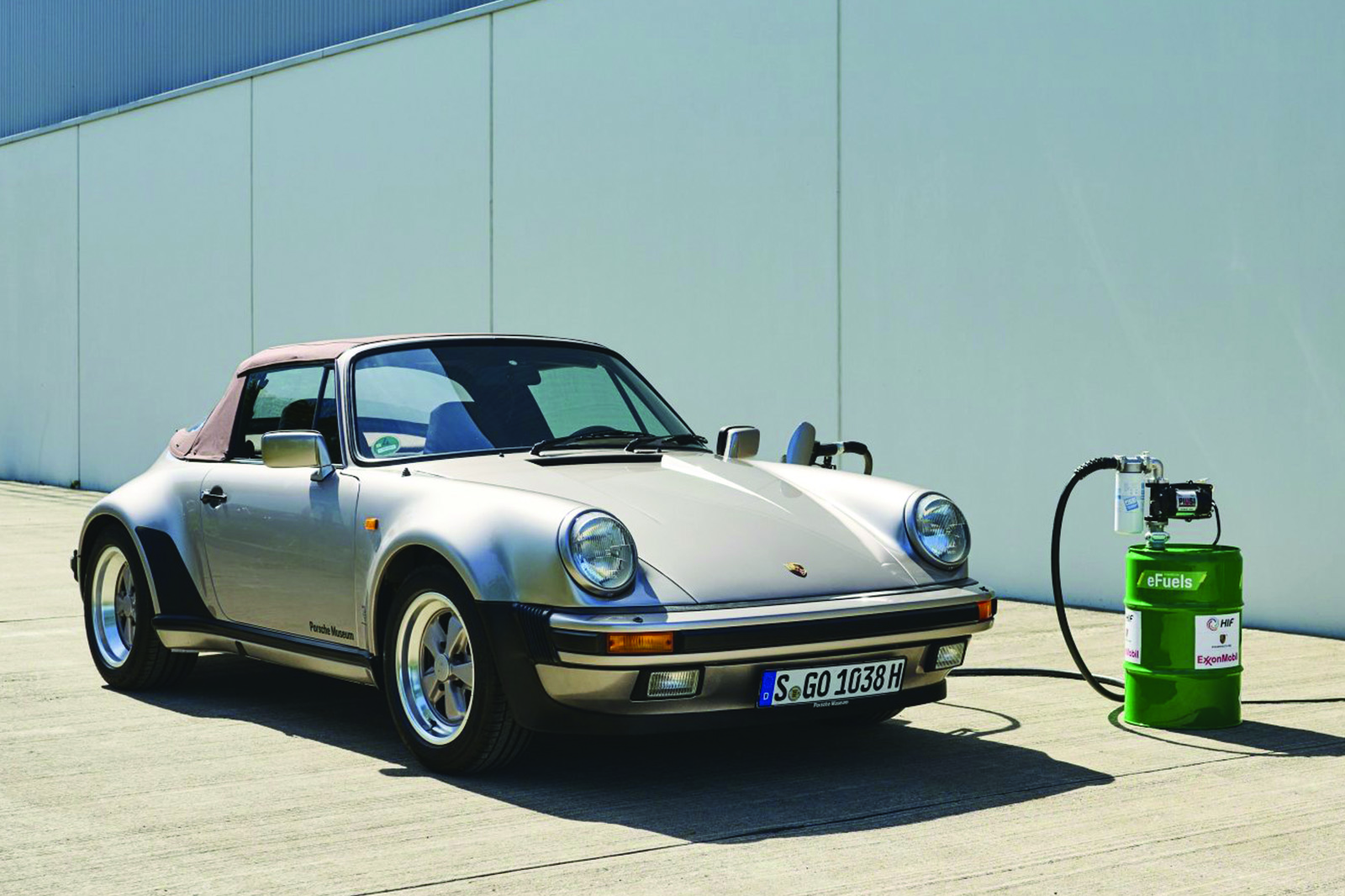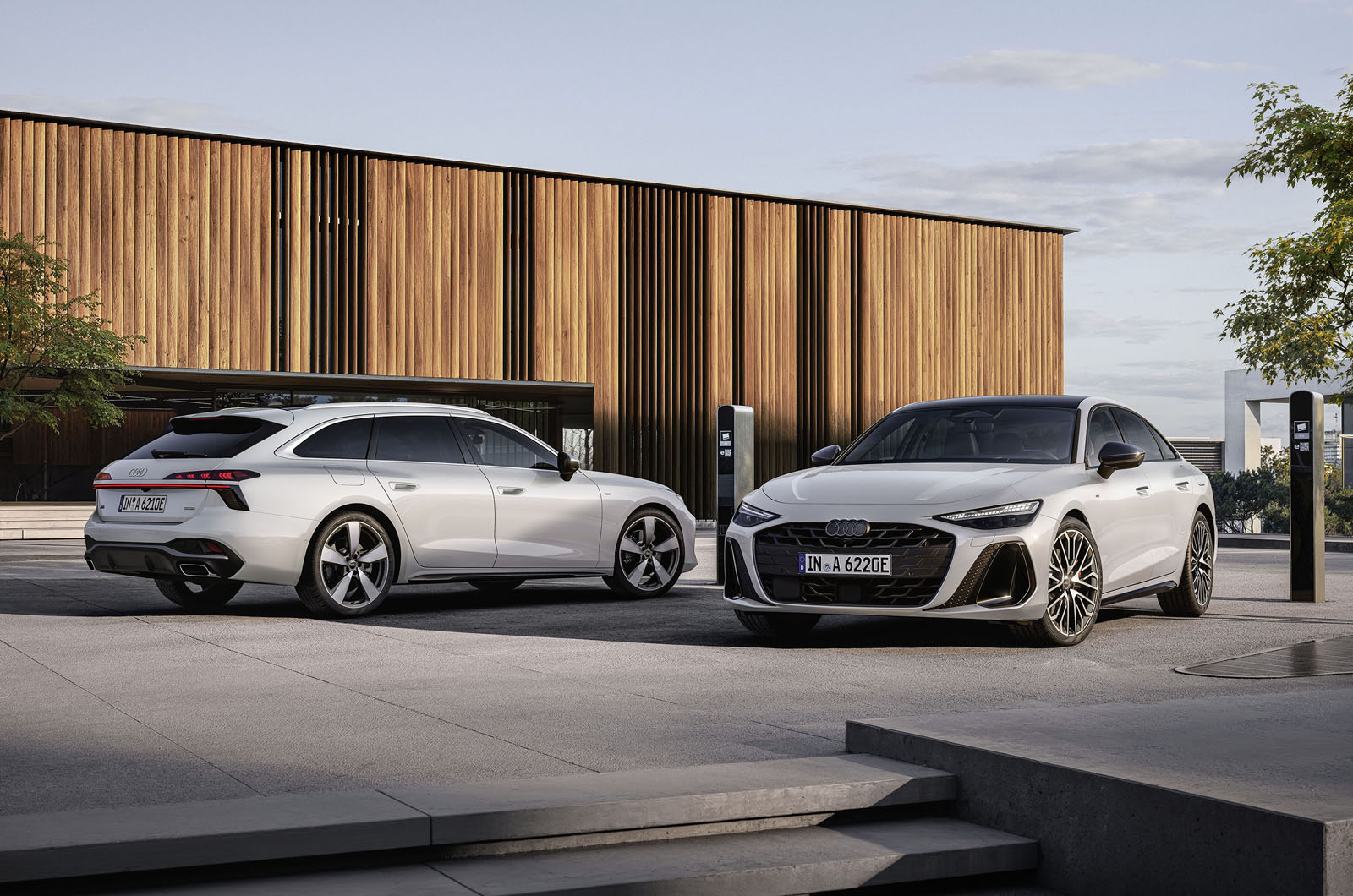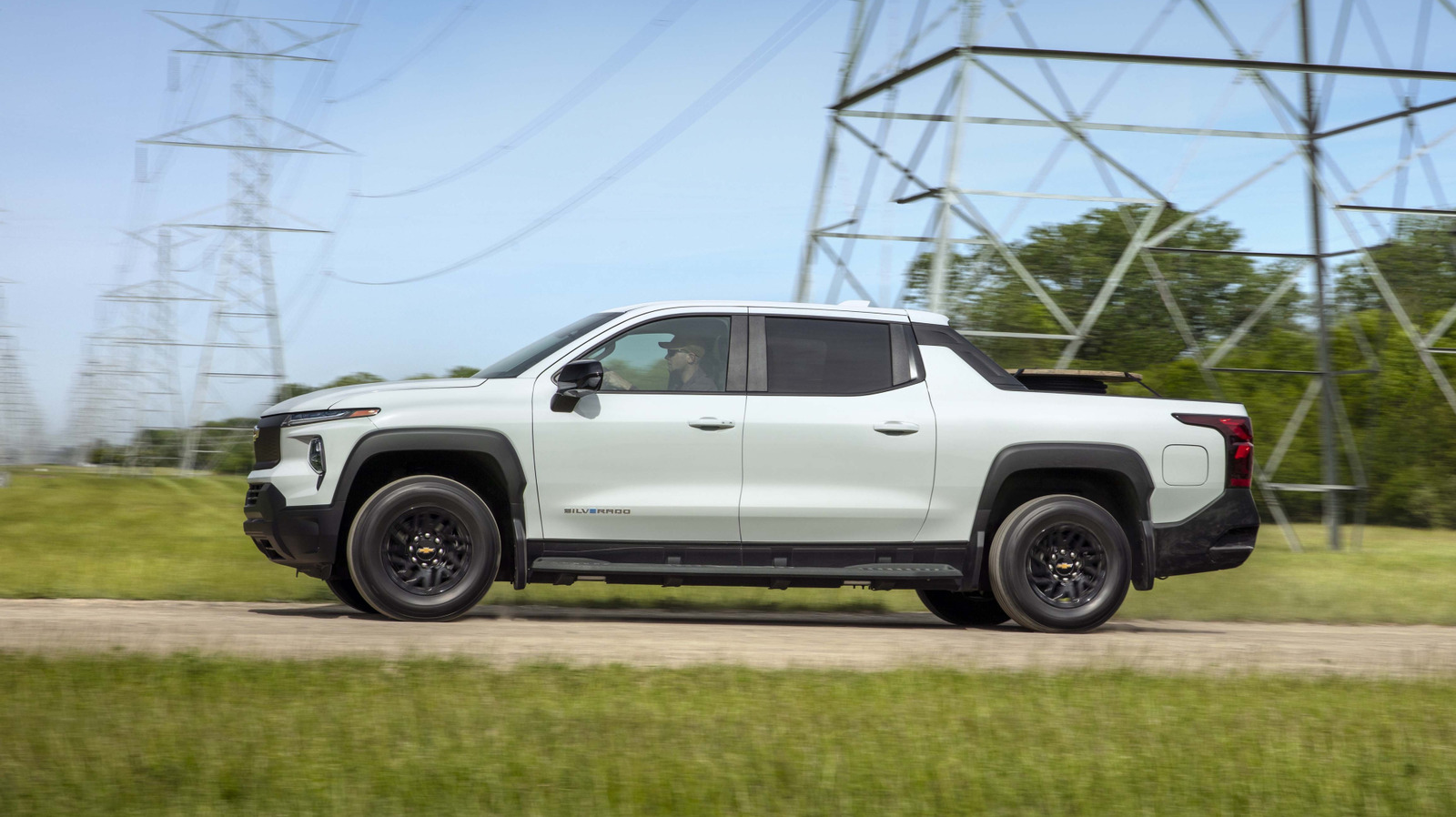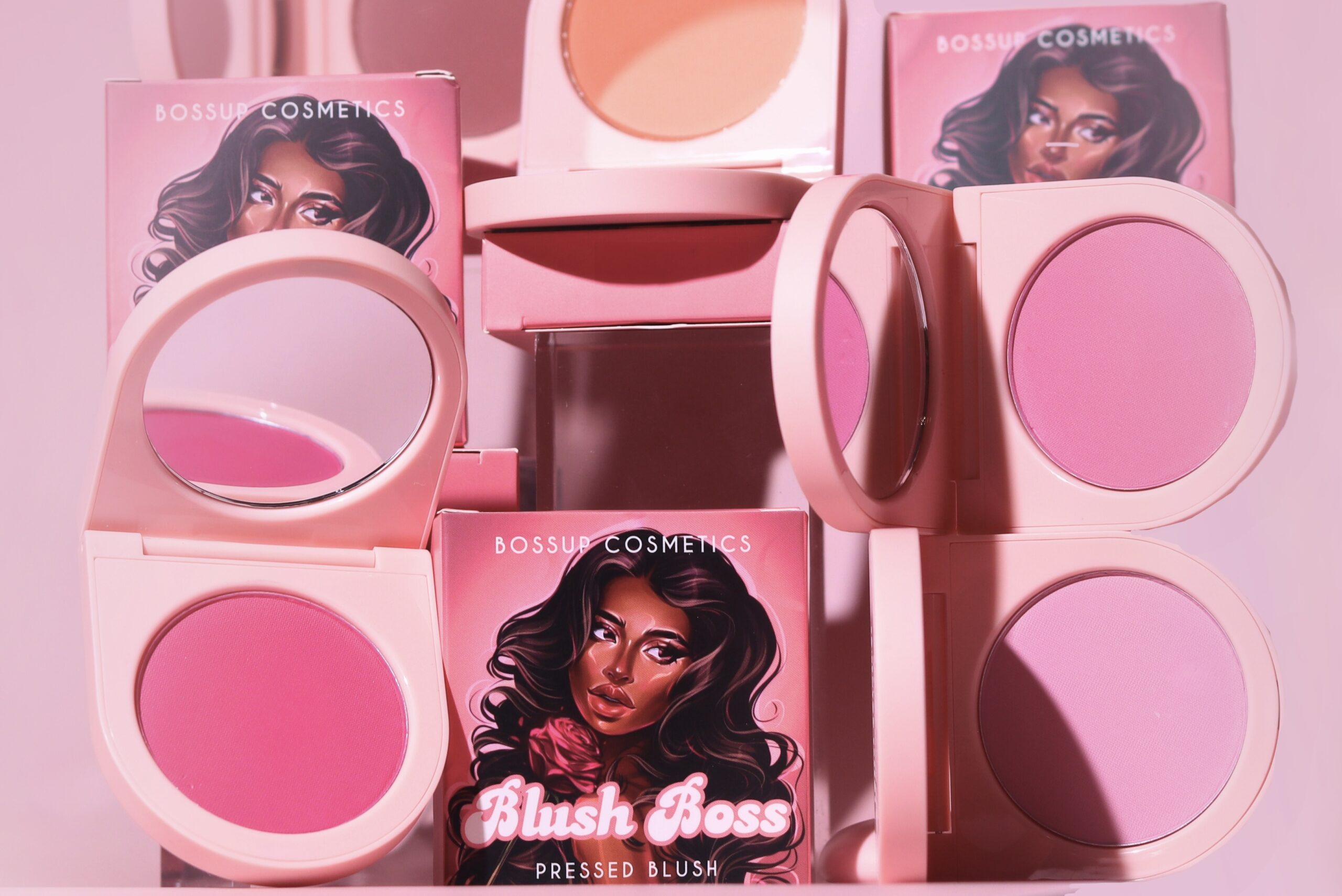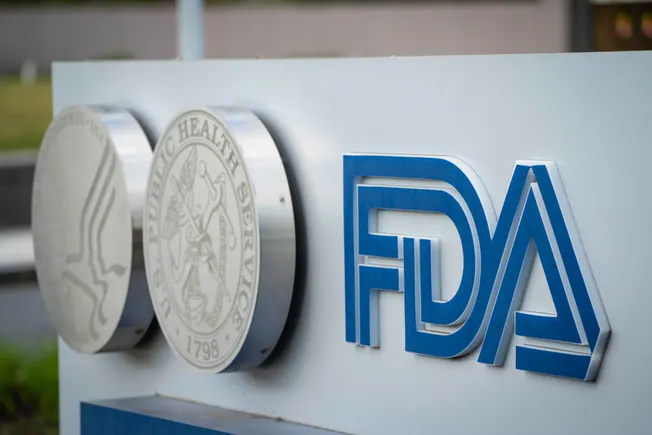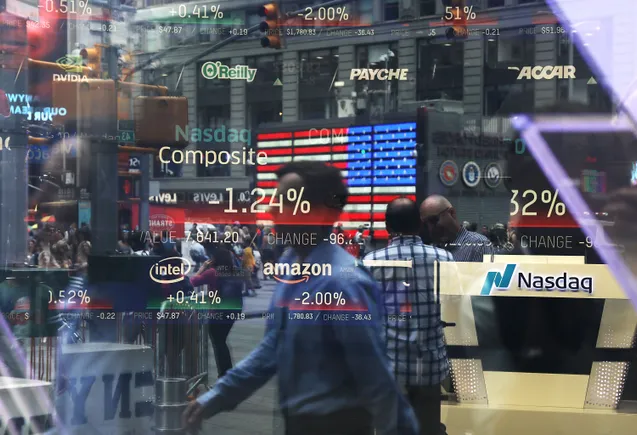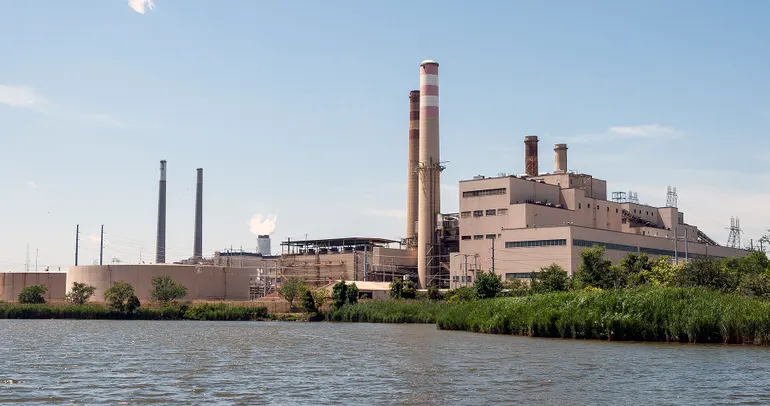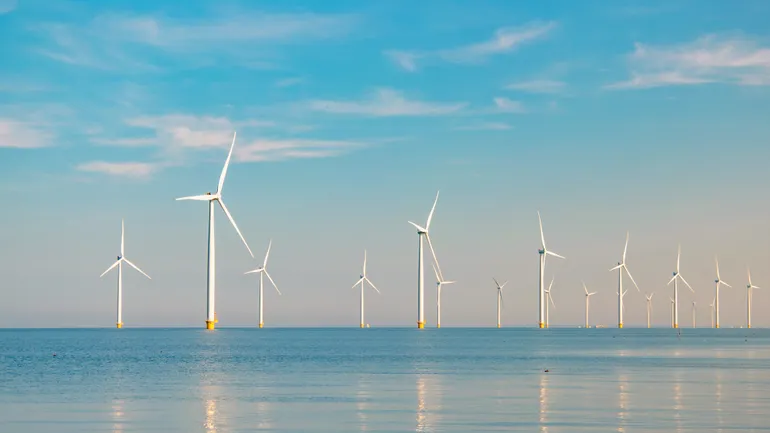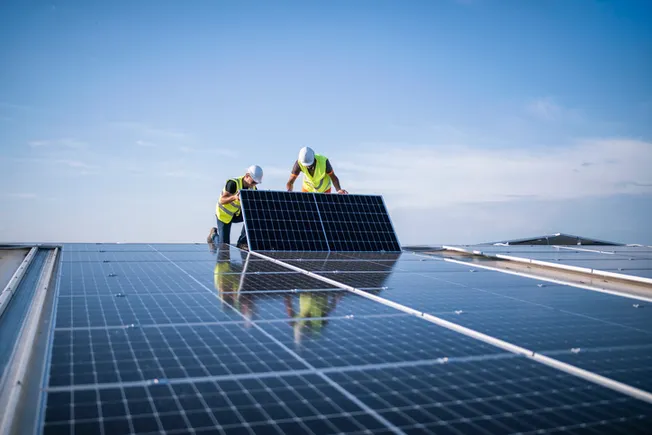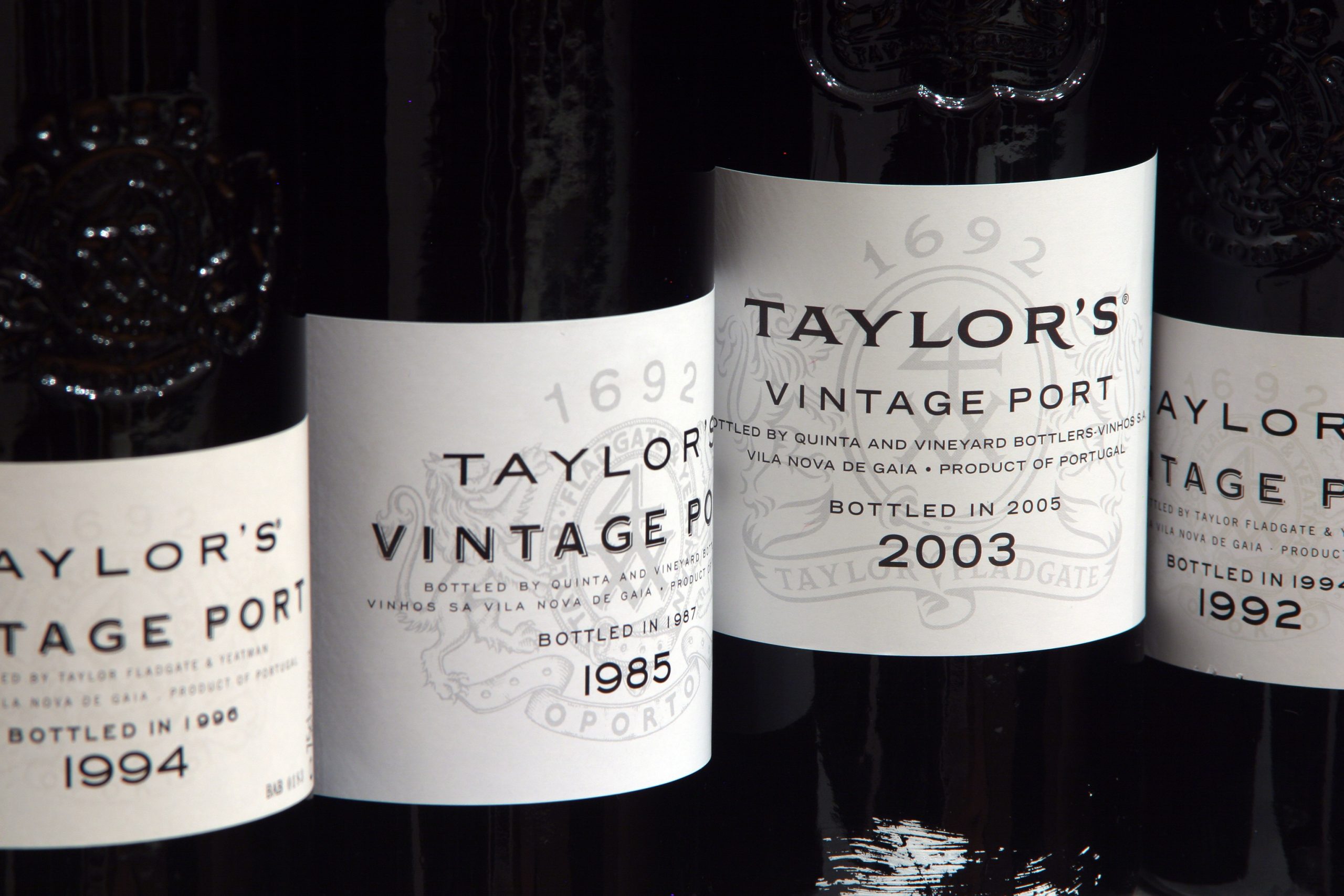Conditions in the fine wine market remain generally challenging, but a sizeable increase in trading of red Burgundy at Bordeaux Index in the first quarter of 2025 offers some glimmers of hope for the future. Richard Woodard reports.
It’s no secret that the past two or three years have been highly challenging for the global fine wine market, beset by post-pandemic macroeconomic challenges and the uncertainty prompted by geopolitical tensions. Throw in the prospect of a global trade war and it’s hard to find too many reasons to be cheerful.
Nonetheless, there are just a few signs of positivity emerging amid the gloom – not least in a striking statistic from Bordeaux Index: the company’s trading in red Burgundy was up by around 50% in the first three months of the year versus the same period in 2024, with trading in white Burgundy up meaningfully too. In both cases, that’s also higher than the company’s five-year average (a period which includes the highly active years of 2021 and 2022).
“It’s fair to say that the main positive in our secondary market trading at the moment is Burgundy, although not en primeur Burgundy,” says Matthew O’Connell, Head of Investment at
Bordeaux Index and CEO of the company’s LiveTrade platform. “Burgundy last year was extremely quiet for us and the market more broadly, there’s no doubt about that, whereas this year is markedly different, here at least. It’s the main region we’re trading more of, sometimes by multiples.”
The resurgence is being spearheaded not so much by particular vintages, but by “assortments, magnums – some of the things that are rare and a little bit more collector-attention-grabbing”, O’Connell reports. Blue-chip names, such as Domaine de la Romanée-Conti (DRC) and Armand Rousseau, are to the fore.
“Let’s use DRC as an example,” says O’Connell. “People are beginning to look at something like Échézeaux now, and they’re thinking that it’s really quite a good price. They are increasingly viewing some of the top wines and saying: ‘I don’t think the wines will be at that price for much longer.’”
A similar dynamic is evident in white Burgundy. Producers such as Coche-Dury – which were quiet in trading terms in 2024 – have begun to attract more attention in the early months of 2025. “Collectors are now thinking that
these prices have gone down a lot, e
ven if they are up on five years ago,” explains O’Connell. “They’re saying: ‘I think they’re going to go up again and I want to buy pristine stock now.’ And geographically it’s pretty diversified: Asia has had a better start to the year – not outsized, but just more positive. And Europe has been fine too from a Burgundy perspective.”
This trend is illustrative of a broader truth about what O’Connell describes as “the distinction between sentiment and fundamental spending power”. In a time of rising prices, people feel pressured into buying because they think the wine will not be available, or available at the same price, for very long. As prices fall, they see little reason to enter the market – until it reaches a perceived tipping-point. “I think now they’re potentially thinking: ‘Let’s buy now before prices get away again,’” says O’Connell.
It also shows the inherent strength of Burgundy. Back in 2018-19, prolonged price rises had prompted fears of a ‘bubble’ – but prices kept on rising, and even today are higher than they were in 2019. “There’s no logic in the assertion of a Burgundy bubble having burst,” points out O’Connell. “Instead, there remains an extremely compelling long-term price trajectory – certainly most wines are significantly above their prices of four to five years ago. Burgundy is the ultimate embodiment of the supply/demand dynamic in fine wine. There may not always be a perfectly smooth appreciation, but there is a growing audience – and finite supply.”
However, despite these positive signs, broader market trends are more complex, and often still quite difficult, he says. “Within Burgundy, do I think prices of tier two or tier three producers are going to go up? I really can’t imagine so, because I don’t see the logic for that to happen.
“When it comes to Bordeaux, young Bordeaux is still soft, but some of the older wines are starting to do better – it’s a more subtle variation on the dynamic discussed with Burgundy. There’s a reason why older, less encountered Bordeaux is doing better – these are things that capture collectors’ attention: pristine cases of obvious examples, such as Cheval Blanc 1990, or 1980s Lafite.”
Nonetheless, O’Connell remains cautious about the direction of the fine wine market as a whole: “It feels like there are signs of prices stabilising and some ‘green shoots’. But this is a heterogeneous situation across regions and within regions. Young Bordeaux and old Bordeaux I don’t think have the same dynamics, for example.
“In a similar fashion, I don’t think young Champagne has the same dynamic as older Champagne. You could say the same about second-tier Burgundy versus mature, top-tier Burgundy. That’s not surprising: it’s not like the whole fine wine market moves on sentiment – it moves on who’s buying specific things and therefore how desirable particular categories are.”




















